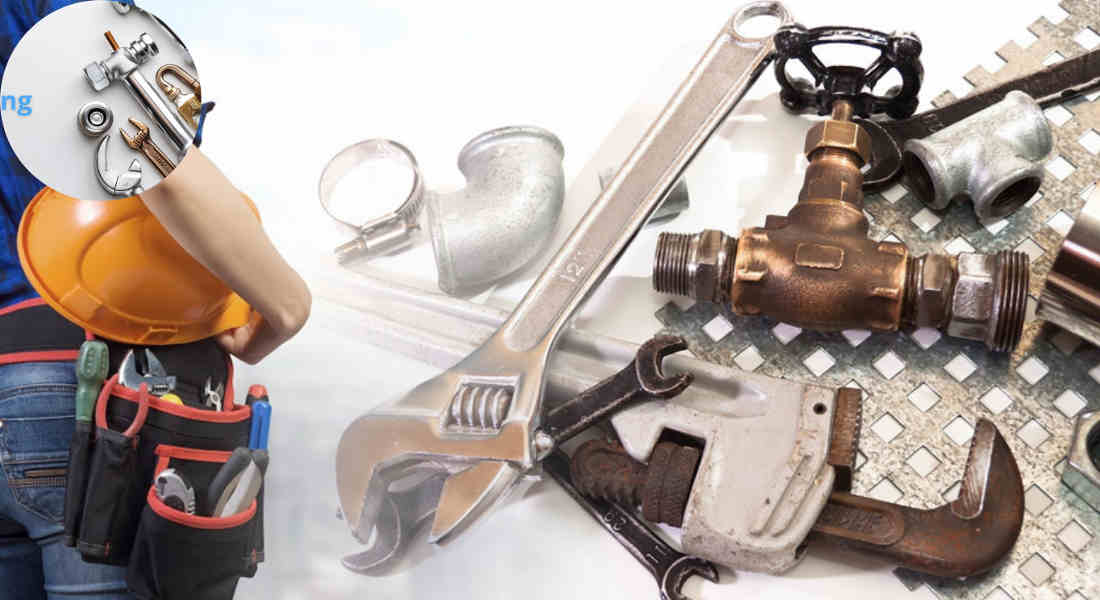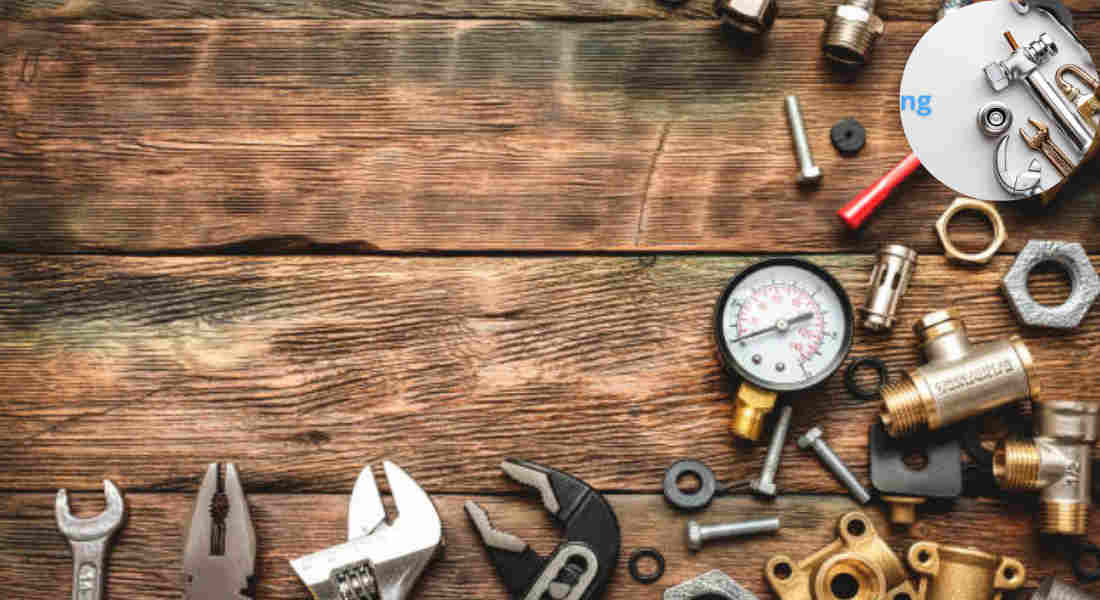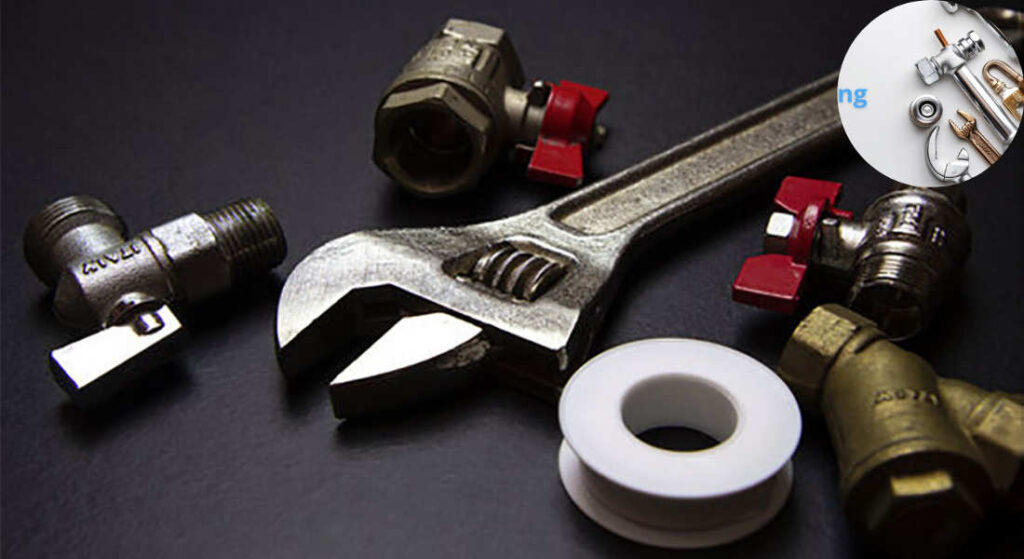Bidding on home plumbing jobs is a cornerstone of success for any plumbing business. Whether you’re a seasoned professional or just starting out, understanding the art of bidding can mean the difference between landing profitable projects and losing out to competitors. Crafting a winning bid doesn’t just involve naming a price—it’s about presenting your expertise, understanding your client’s needs, and ensuring your business remains sustainable.
Bidding is more than just submitting a number to a client. It’s a strategic process that determines whether your plumbing business thrives or falls behind. A well-prepared bid establishes trust, showcases your professionalism, and secures jobs that align with your expertise and profit goals.
Understanding the Basics of Bidding on Home Plumbing Jobs
Bidding on plumbing jobs involves more than just offering the lowest price—it’s about balancing value, cost, and expertise. Here’s a foundational look at what bidding entails.
What is a Bid in Plumbing?
A bid is a formal proposal submitted to a client outlining the estimated costs, timeline, and scope of work for a plumbing project. It’s your way of saying, “Here’s what I can do, how much it will cost, and why you should choose me.”
Types of Plumbing Jobs to Bid On
Plumbing jobs vary widely, and your bidding approach may differ depending on the type of project:
- Residential Repairs: Fixing leaks, unclogging drains, or replacing fixtures.
- Remodeling Projects: Installing new plumbing systems for kitchens, bathrooms, or whole homes.
- Service Calls: Emergency repairs or small-scale maintenance requests.
Aligning Bids with Client Expectations
To win a bid, it’s crucial to align with what the client wants. This involves understanding their priorities, whether it’s cost, quality, or timeliness. Matching your bid to their needs builds trust and increases your chances of winning the job.
Preparing to Bid: Research and Project Evaluation
Preparation is the backbone of any successful bid. Before you can calculate costs or submit a proposal, you need to do your homework.
You may also read (mastering the art of hiding plumbing in your home).
Choosing the Right Jobs to Bid On
Not every job is worth your time. Focus on projects that match your skills, experience, and resources. For example, if you specialize in residential plumbing, a large commercial project may not be the best fit.
Reviewing Bid Documents
Clients often provide documents like an Invitation for Bid (IFB) or a Request for Proposal (RFP). These outline the project requirements, timelines, and expectations. Reading these carefully helps you avoid costly mistakes.
Clarifying Project Scope and Requirements
Misunderstandings about project scope can lead to underbidding or disputes later. Always clarify:
- The exact tasks involved.
- Expected timelines.
- Specific client preferences or requirements.
Conducting Site Visits
A site visit allows you to assess the property firsthand. You can identify potential challenges, take measurements, and accurately evaluate the work needed. This step is crucial for creating an accurate and competitive bid.
Calculating Costs: Materials, Labor, and Overheads
Accurate cost calculations are the heart of a successful bid. Here’s how to ensure your estimates cover everything.
Performing a Quantity Takeoff
A quantity takeoff involves listing all the materials you’ll need for the job, such as:
- Pipes, valves, and fittings.
- Fixtures (sinks, toilets, faucets).
- Additional supplies like adhesives and sealants.
Pricing Materials
To get accurate material costs:
- Source quotes from reliable suppliers.
- Compare prices across vendors.
- Factor in potential price fluctuations.
Estimating Labor Costs
Labor costs depend on the time and skill level required for the work. Consider:
- Skill Level: Master plumbers charge more than apprentices or journeypeople.
- Hours Needed: Estimate the time required based on the project scope.
- Wages: Use industry-standard rates for your region.
Accounting for Overheads
Overheads can significantly impact your profitability. Be sure to include:
- Travel expenses.
- Insurance costs.
- Marketing and administrative fees.
- Equipment maintenance costs.
You may also read (can i leave inflatable home decoration on all the time).
Markup Strategies
To stay profitable, add a reasonable markup to your costs. This ensures you earn a profit while remaining competitive. For instance, a 20-30% markup is common in the plumbing industry.
Crafting a Competitive and Accurate Bid
Your bid isn’t just a number—it’s a reflection of your professionalism. Let’s discuss how to craft a winning proposal.
Structuring Your Bid
A well-structured bid should include:
- Cost Breakdown: An itemized list of materials, labor, and overheads.
- Project Timeline: Clear milestones and completion dates.
- Terms and Conditions: Payment terms, warranties, and exclusions.
Including Contingencies
Unforeseen issues can arise in any plumbing project. Always include contingencies for potential delays or additional work to ensure a smooth project completion. For example, allocate 5-10% of the total cost for contingencies.
Presenting Your Bid Professionally
A professional presentation can set you apart. Include:
- A cover letter introducing your business.
- Supporting documents like portfolios or references.
- A clear, concise format for easy reading.
Using Bidding Software
Tools like FieldPulse or Housecall Pro can streamline the bidding process. These platforms help you create detailed, accurate bids quickly and efficiently.
Strategies to Win More Plumbing Bids
Winning bids isn’t just about price—it’s about strategy. Here are tips to give you an edge.
Build a Strong Local Network
Partner with contractors, builders, and real estate agents to get referrals. Networking helps you stay top-of-mind for future projects.
Leverage Social Media
Platforms like Facebook or Instagram can showcase your work and attract potential clients. Online directories, such as Yelp or Angi, are also valuable for increasing visibility.
Use Government and Commercial Bidding Websites
Sites like PlanHub or local government portals list plumbing projects up for bid. These platforms are great for finding opportunities.
Tailor Your Bid to Client Priorities
If a client values quality over cost, emphasize your expertise and the warranties you offer. If they’re budget-conscious, highlight how you offer value at a reasonable price.
Negotiate Like a Pro
Clients may request adjustments to your bid. Be flexible but firm—ensure that any changes still maintain quality and profitability.
Common Challenges in Bidding and How to Overcome Them
Managing Scope Creep
Clearly define the project scope in your bid and avoid agreeing to additional tasks without renegotiating the terms to ensure a fair and equitable agreement.
Fluctuating Material Costs
Lock in supplier quotes whenever possible and include a clause in your bid to address price changes.
Balancing Competitive Pricing
Undercutting competitors can hurt your business. Focus on value, not just price, to stand out.
Case Studies and Examples
Here’s how these strategies play out in real-world scenarios.
Example 1: Residential Bathroom Remodel
- Conduct a site visit.
- List materials and labor.
- Submit a professional bid with contingencies.
Emergency Service Call
A simple, itemized estimate, along with fast communication, helped win the job.
You may also read (how to properly install shower home plumbing fixtures).
